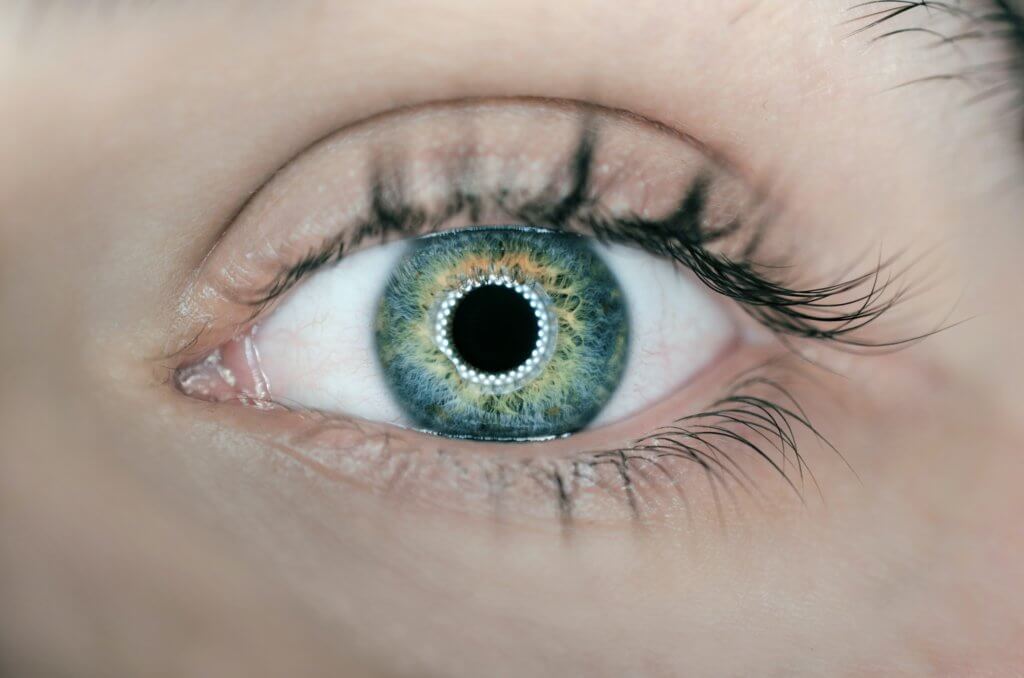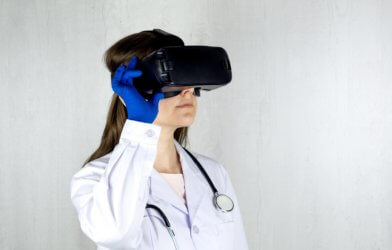A group of Australian engineers has created a bionic eye capable of improving eye function and vision. A recent clinical trial showcased the bionic eye’s ability to restore vision in the blind.
The first prototype was developed and tested in 2012, however, improvements have made the prototype more effective. The new version enlarges the viewer’s field of vision. It is also portable and can be tested outside the lab.
The device works via an electrode array system that is implanted into the eye. The array and other components outside of the eye work to translate images into electrical signals. In blind people, the device uses the signals to stimulate vision by creating pulses of light referred to as phosphenes, allowing them to see shapes, outlines such as edges, and even movement.
The device was tested over a span of 2 years to assess its efficacy. The team wanted to ensure the safety of the device and also how well the phosphenes allowed viewers to locate objects and navigate around them. The 4 participants in the study, all have retinitis pigmentosa, an inherited eye disease.
The disease affects sight-producing cells, however, the nerve tissue in the eye is left undamaged. This means the nerve tissue can still produce visual signals upon stimulation, which made these particular candidates perfect for the trial.
Participants volunteered for the study mostly as a means to help others, especially those suffering from the same disease. “I saw being involved as a history-making opportunity for vision-impaired people,” said participant Colleen Knowles.
Prior to the trial, the volunteers were not able to perceive colors, shapes, or objects, only light, and dark. This made it impossible for them to navigate by themselves for 15 years or more. However, the bionic eye gave each of them the ability to perceive, and therefore, navigate independently.
“The first time we went outside I actually got a shock to know that there were so many trees on the nature strip!” says Colleen. “I’ve now become a people watcher. I’m checking things out all the time. “It’s been amazing to navigate around certain objects and find something on the table instead of knocking it over and breaking it.”
In addition to regaining vision, participants reported an increase in the overall enjoyment of life. Some reported feeling more motivated and energetic. Others reported feeling more included in gatherings and having a more positive attitude.
The trial at CERA was led by the Principal Investigator and Associate Professor Penny Allen. She gave credit to the collaborators of the Bionic Eye Project but also recognized the dedication of each of the volunteers which helped the trial succeed. “We are so grateful for the support they have provided,” said Professor Allen.
The National Health and Medical Research Council and commercial partner Bionic Vision Technologies (BVT) funded the trial. The Medical Research Future Fund donated $1 million to BVT last year (2020) to help advance the visual processing of the bionic eye. The team of Australian engineers and BVT plan to develop an upgraded version to improve the vision capabilities of the blind.













Comments